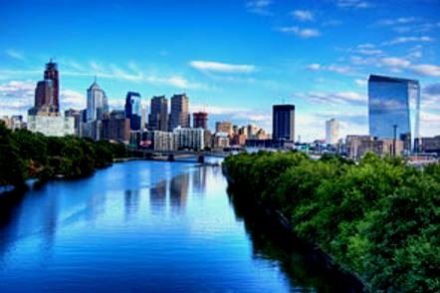
Schuylkill River: River of Revolutions
The Schuylkill River in eastern Pennsylvania has seen its share of historic happenings; and it played an active role in these transformations. From the American Revolution to the industrial revolution to the environmental resolution: the Schuylkill River was witness to all.
The Revolutionary War arrived in southeastern PA in the summer of 1777. Fort Mifflin, located at the confluence of the Schuylkill and Delaware rivers, was a key offensive location for the patriots, keeping British supply ships from reaching their troops. In addition, the region’s fertile soils provided food for the troops, and the many iron forges and furnaces produced cannons and ammunition to keep the patriots moving forward toward independence.
Fast forward to the industrial revolution, and the Schuylkill River region is a hotbed of activity. The area’s abundant natural resources such as timber, minerals, and metals, provided for mines, factories, mills, and forges. The region was the most productive iron producer of all the colonies, and the discovery of anthracite coal in 1790 led to one of the world’s greatest industries. The fast moving river and the newly-built Schuylkill Canal helped transport goods more efficiently. And immigrants from around the world were drawn by the abundant employment opportunities, making the Schuylkill River valley their new home.
While the economy grew thanks to the industrial revolution, so did environmental problems. Coal operations turned the river the color of ink, and the ever-growing towns turned the river into an open sewer. But people of the Schuylkill River region took action to protect their special home, particularly Philadelphia. In the 19th century, the city purchased land along the Schuylkill with the sole purpose of protecting their source of drinking water. In 1947, the state and U.S. government began the Schuylkill River project to clean up what was then a polluted, lifeless waterway. Through the use of settling ponds and dredging, the river slowly came back to life. Because of this success, the Commonwealth named the Schuylkill the state’s first Scenic River in 1972.
